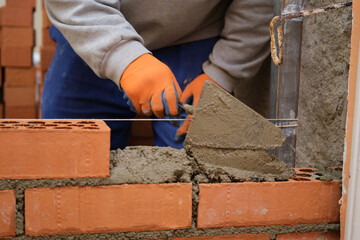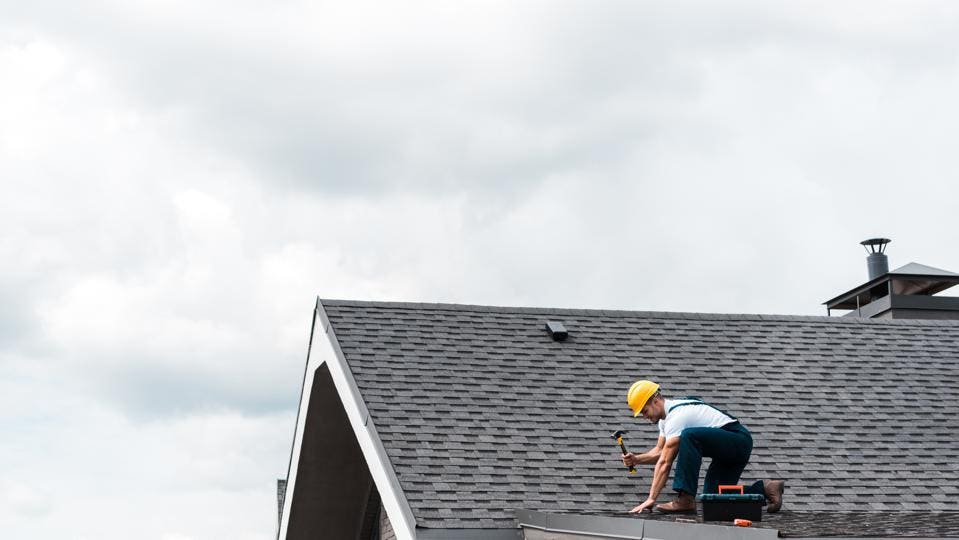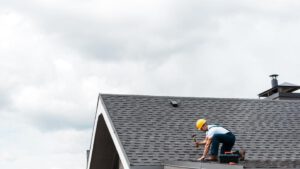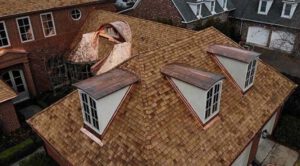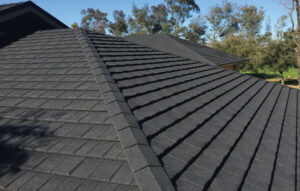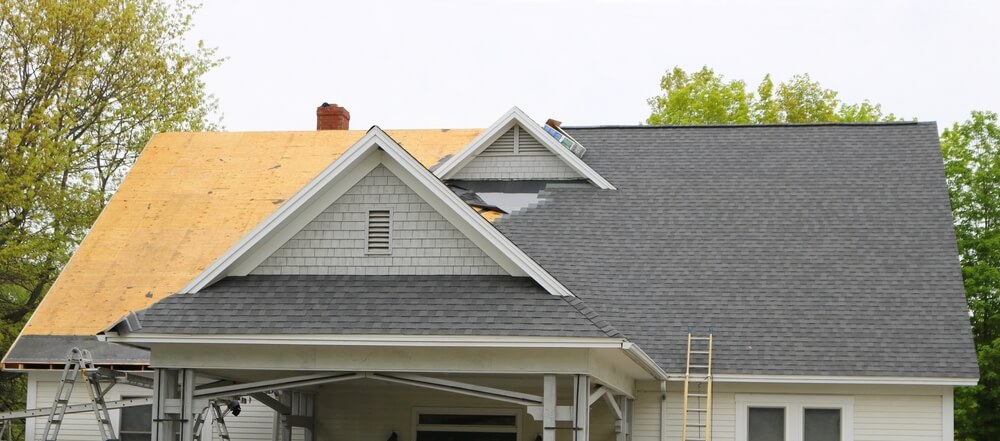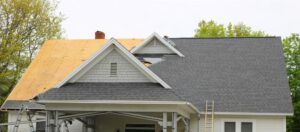Brick Layer Perth WA is a highly skilled craftsman. Using the right tools and materials and paying attention to alignment and leveling will create a sturdy and visually appealing structure.
Set up your gauging rods (or guidelines) for your first brick row. Alternate every new row with half bricks on both ends to stagger the joints.
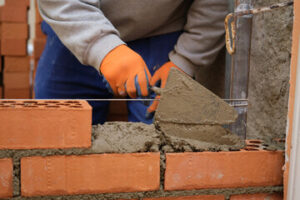
Bricklaying requires several materials, including bricks, mortar, a line block, and a spirit level. Line blocks ensure that each course of bricks is set at the correct height. They are attached to either end of a mason’s line that runs the length of a wall, with the top of each brick in a course touching the line. This helps to keep the wall straight and stable.
A line is also useful for ensuring that a wall is plumb or vertical, which makes it stronger and more attractive. A spirit level is the best tool for this purpose, although a plumb bob can be used to verify that a line is perfectly horizontal. A mason’s line should be attached to a brick at each end, and its position should be checked with the spirit level after each course of bricks is laid.
Mortar is the binding agent that holds the bricks together. A good mortar mix is comprised of three parts sand and one part masonry cement. The sand should be a fine grade known as builders sand, and it should be mixed with the cement in a wheelbarrow or mortar mixer, following the manufacturer’s instructions. Once the mixture is sufficiently thick, it should be brushed through a joint to smooth it.
The first row of bricks is called a ‘course’, and should be laid on the foundation with mortar. It is important to stagger the joints on this first course to avoid a line of weakness running through the structure.
When laying each course of bricks, it is essential to butter them well. This involves spreading a thin layer of mortar over the side of each brick, which will help to bed it into the mortar. It is also important to check the level and plumb of each brick with a spirit level and line block, tapping each brick gently with a trowel handle to make sure that it is firmly set.
If a brick needs to be cut, this should be done on solid ground with a bolster chisel and lump hammer. If the resulting joint is uneven or rough, it can be struck with a “jointer” when the mortar has begun to set.
If your wall will be a freestanding structure, you must pour a concrete foundation before you begin laying brick. This foundation needs to be the exact size and depth of the finished brick wall, which should be built on top of it. If you do not want to pour a concrete foundation, you can use a brick ledge or footing. Once the foundation is ready, you must set guideposts, also known as gauging rods, which are long pieces of timber which help you lay your wall straight. These should be as long as the height of your first course and should be set in the ground at each end of the wall. Use a spirit level on the end of these to mark the level of your first row of bricks, and check with each new course that it is completely even.
To start laying your bricks, make sure that you have enough mortar, which is made from cement and water. Scoop some of it onto the back of your trowel and spread it on one side and one end of the brick that you are about to place. This is called “buttering” the brick, and it helps ensure that there will be an even bond between the bricks.
Press the buttered brick into the mortar, and use your level to check that it is even with the surface of the ground. If it is not, you should use the end of your trowel to tap down any bricks that are out of place. Continue this process until you have completed your first course of brick.
Before you begin your second course, set up a string line to mark the level of the next row of bricks. This will be a good way to make sure that your wall remains level, as it is easier to make minor adjustments now than after the bricks have been laid.
Start your second course with a half brick at both ends of the wall, and then build up to the next full brick as before. This will allow the joints to be staggered and prevent them from lining up, which can weaken the structure of your brick wall.
Bricklaying is a skill that takes time to master. Many aspiring bricklayers take a part-time course or apprenticeship with a construction company to learn the trade. There are also numerous books on the subject. Bricklayers use a variety of hand and power tools to carry out their work. They may choose to start small and work their way up to larger projects.
Before you begin laying bricks, it is important to prepare the area where they are to go. You will need a solid foundation or ‘footing’ which should be well below ground level. This will help to prevent dampness and frost damage, which can damage the bricks.
A bricklayer will set out a ‘course’ of bricks to be laid, using a string line and pins or clamps to create guidelines. This makes sure that the bricks are properly aligned and spaced. The ‘course’ of bricks will usually consist of soldiers (standing upright), stretchers or headers (laid lengthwise on the wall) and should be staggered.
When the first course is laid, lift up the string line and mark where you will put the next course of bricks. Butter one end of a new brick and the other end of a header brick with mortar. Then, lay them in the correct position. This should be done with a staggered pattern to avoid a weak line of vertical joints.
Once the bricks are in place, a rub down and brush with a ‘jointer’ or ‘rub brick’ is needed to smooth the mortar joint. This will make it easier for the bricks to fit together. A ‘jointer’ can be a piece of copper tubing or wood dowel.
Once the mortar has been rubbed down, it should be left to dry for a while before it is used. This is to ensure that the mortar is hard and can be used. If the mortar is not hard enough it will be difficult to’set’ the bricks in it, and it will sag. During this time, the bricklayer should also use a spirit level to check that all courses are level.
Using bricks and other materials in mortar, a bricklayer constructs walls, partitions, arches and other structures. The trade varies in complexity, from laying a small masonry walkway to installing an ornate exterior on a high-rise building. The process of bricklaying requires great skill and precision. A bricklayer must know how to mix the right amount of mortar, and he should be familiar with a variety of hand and power tools. The job also involves a fair amount of climbing and lifting.
The first step in the process is to plot out the form of a wall or other structure on the ground, using a spirit level and tape measure to ensure accuracy. Depending on the type of structure, a concrete footing may need to be poured and left to dry before bricks are laid. During this phase, it is important to use a line stake and string line for guidance. Once the shape of the foundation has been marked out, it is time to begin laying the first course of bricks.
When the first course is finished, it is essential to check the line of the wall with a spirit level. If any of the bricks are uneven or have a slight dip, these should be lightly tapped with the tip of your trowel. After each row is completed, the spirit level should be used again to ensure that the structure is still level and plumb.
After each course is complete, it is common practice to build up the ends of a wall before filling in the middle. This helps to create a strong and stable wall, which is especially useful if the structure has an arch or curve in it. When constructing a wall, it is also important to ensure that there are staggered vertical joints. This helps to prevent weak points in the structure.
A bricklayer should have a range of trowels, each with its own purpose. A small pointed trowel is perfect for spreading mortar, while a large trowel can be used to lay the bricks. In addition, a number of other trowels are available for smoothing and pointing. A foxtail brush is also necessary for cleaning away excess mortar and removing any rough edges.

